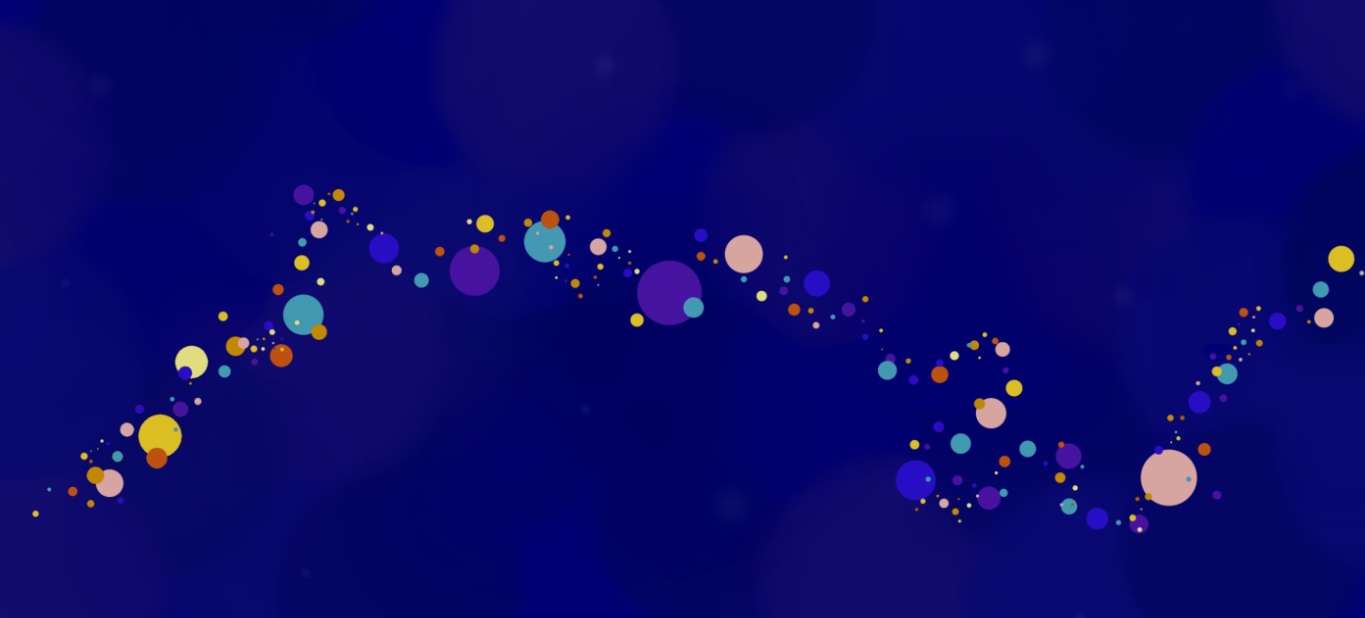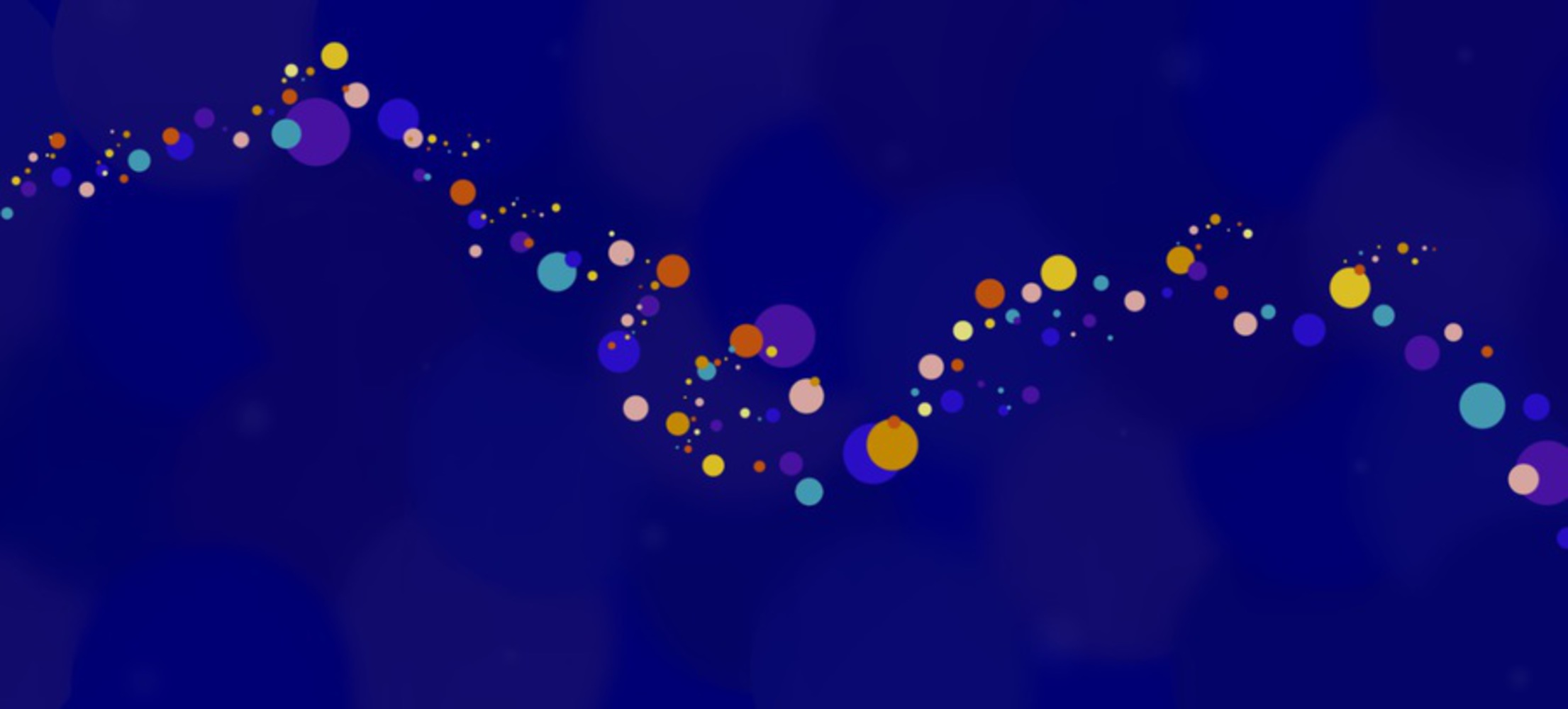Colors
In regards to color composition, I followed both the color palette found in the song and the color theories that Kandinsky has put out. Kandinsky talks about the three primary colors: blue (cold and peaceful), yellow (warm and energetic), and red (in-between). And since the color palette in “A Whole New World” primarily features blues, golds, and whites, along with some red-browns, those were the colors that I used to create my composition. I picked each color by taking screenshots of the video for “A Whole New World” and comprising a pool of commonly-used colors before selecting the final nine colors for my composition. That way, the colors would not only be reflective of what I have learned from this module, but also of my inspirational source.
In order to depict not only the music but also the lyrics found in the song, I chose different color ranges for different notes. Yellows were used for segments when the carpet is doing tricks. They symbolized energy and were the perfect tool for showing off the exciting nature of the song, especially during moments where the music picked up or the notes got higher. Trills found in the song, which also generally were used when Carpet were performing tricks, were also symbolized by concentrated yellow dots.
Blues were used when Carpet is moving at a steady pace or when Aladdin and Jasmine are singing long, steady notes. I also employed them when deep notes were used in the background, especially when accompanied by trills, because the deep blues and purples made the yellows for the trills stand out more. They were also used to suggest the calming aspect of the song because while aspects of it are energetic and adventurous, the song is first and foremost a song about trust and falling in love and I felt that the deeper colors symbolized that aspect.
Near the end, the colors got darker until they turn black, symbolizing the end of the piece. Kandinsky said that blacks symbolize conclusions and following that rule, I decided to add some black dots at the end to suggest to the viewer the piece is coming to a close.



